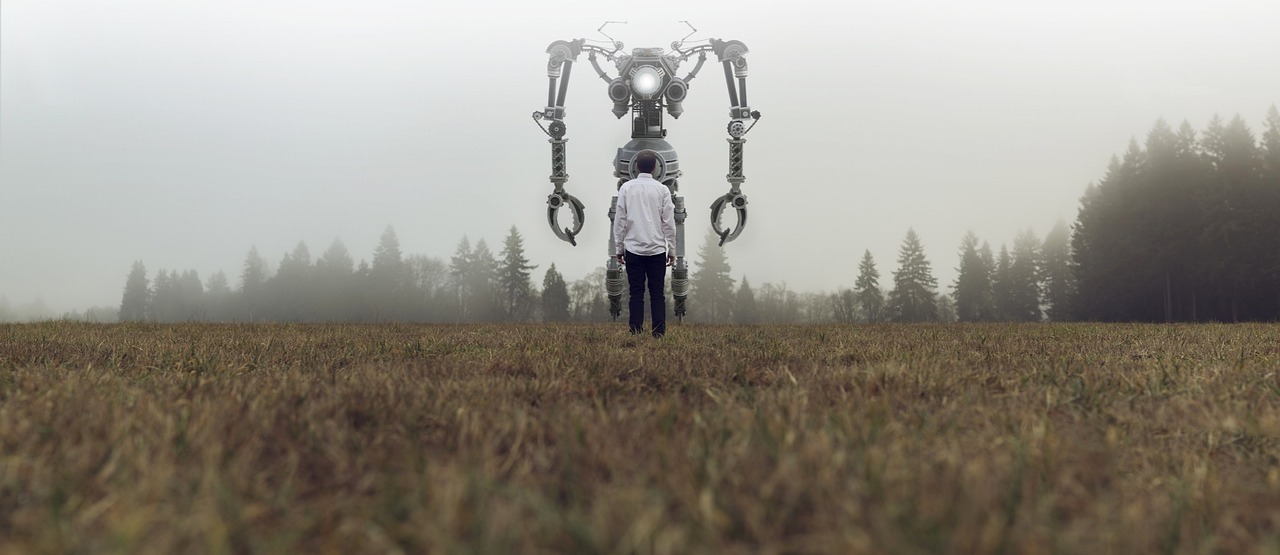Exploring the Potential of AI in Species Conservation
Artificial intelligence (AI) is increasingly playing a crucial role in species conservation efforts worldwide. By leveraging advanced technologies, AI has revolutionized the way researchers and conservationists monitor and protect endangered species. Through the analysis of vast amounts of data collected from various sources such as satellite imagery, camera traps, and acoustic sensors, AI can identify patterns and trends that help in understanding species behavior and habitat preferences.
Moreover, AI algorithms have the capability to detect and predict potential threats to wildlife, allowing for timely interventions to mitigate risks and protect vulnerable species. This predictive power of AI enables conservationists to make informed decisions and implement targeted conservation strategies to safeguard biodiversity. In essence, the integration of AI in species conservation not only enhances the efficiency and effectiveness of conservation efforts but also provides new insights and solutions to address the complex challenges faced by wildlife around the globe.
Current Challenges in Species Conservation Efforts
One significant challenge in species conservation efforts is the ongoing loss and fragmentation of natural habitats. As human populations expand and urbanization continues, many species are losing their critical habitats, pushing them towards the brink of extinction. The destruction of forests, wetlands, and other important ecosystems disrupts the delicate balance that species rely on for their survival.
Another pressing challenge is the escalating threat of poaching and illegal wildlife trade. Despite efforts to combat these illegal activities, the demand for exotic animal products and wildlife parts remains high, driving many species towards extinction. Poachers exploit loopholes in laws and regulations, making it difficult for conservationists to protect vulnerable species effectively. The illegal wildlife trade not only decimates populations but also fuels organized crime and undermines conservation efforts on a global scale.
How AI Can Help Monitor and Track Endangered Species
Artificial intelligence (AI) has revolutionized the field of species conservation by offering advanced tools for monitoring and tracking endangered species. One of the key ways AI assists in this crucial task is through the use of camera traps equipped with smart technology. These devices can autonomously classify and identify animals, providing valuable data on population sizes, behavioral patterns, and habitat usage without the need for constant human presence.
Furthermore, AI algorithms are adept at processing large sets of complex data and images, enabling researchers to analyze and interpret information more efficiently. By employing machine learning techniques, conservationists can develop predictive models that help anticipate potential threats to endangered species and formulate strategies for their protection. The integration of AI in monitoring and tracking efforts holds immense promise for enhancing conservation initiatives and safeguarding biodiversity for future generations.





